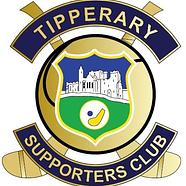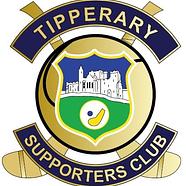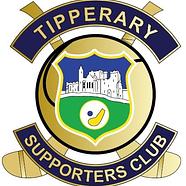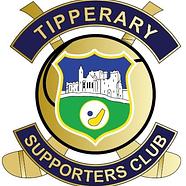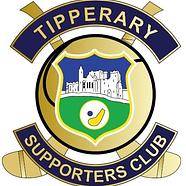The GAA is looking at microchipping sliotars to ensure they meet manufacturing standards
Source: Irish Times
Further, faster and, it seems, increasingly accurate: any need or move to somehow limit the flight of the sliotar is dependent firstly on the proper standardisation and regulation of its manufacture.
That, according to the GAA’s director of organisational culture, planning, and development Pat Daly, can only be achieved with the introduction of the so-called digital sliotar, which contains a microchip inside, and where by using a simple smartphone app one would be able to detect whether that’s a bona fide ball or not.
This was part of the sliotar research and development project already carried out by Daly and the GAA, which resulted in the introduction of the yellow sliotar for last year’s delayed championship, in part because most matches were being played in either poor winter light or else under floodlights.
The reason for yellow becoming the new white, according to Croke Park, was pretty clear: it improved visibility from a player, official and spectator standpoint. The digital sliotar is supplementary to that; unlike the HawkEye brand, a camera-based system of score technology, the microchip in the sliotar, for now at least, is purely for standardisation purposes, a sort of technological mark of approval, especially in the playing of official games.
“There were two ends to that research: changing the colour, and then including the chip, which was the second piece of the equation,” says Daly. “One would always be concerned, in the absence of such regulation, even where we think we have an approved ball. And the only way we can be sure of that is have a chip in it, because it’s virtually impossible to properly regulate the thing otherwise.
“We might approve a certain brand of sliotar, but what is put out there doesn’t tally with what was sent to us for testing, unless we were testing every minute of every day, with a team of people doing it.
“The bulk of these balls today are coming from Pakistan, and there is no regulatory control there. Often there is no problem counterfeiting the logo, or counterfeiting anything. It’s a real concern, a live concern, and not something that hasn’t been flagged – it has, on repeated occasions. The challenge is to get some action on the thing. It will have to be green-lighted by management committee, and pushed on from there in terms of production, supply, that kind of thing.”
The debate around sliotar quality and manufacture is running parallel and not exclusive to the scoring by free-takers of late, in both their quality and quantity. Jason Forde’s equaliser for Tipperary against Cork on Saturday was hit from his own 45-metre line, as was a free by Galway’s Joe Canning in the county’s defeat of All-Ireland champions Limerick in Pearse Stadium. Forde’s tally of 0-24 from matches against Limerick and Cork includes 0-21 from frees.
“Before any talk even of perhaps modifying the sliotar in some way, the regulation of the sliotar has to be improved. It is an issue, of increasing concern, which may be compromising the game. The only way that can addressed is by properly regulating the supply.”
The GAA does approve several different manufacturers, who since 2007 have followed regulations: a weight of between 110g and 120g; a diameter, not including the rim (rib), of between 69mm and 72mm; rim height between 2mm and 2.8mm; rim width between 3.6mm and 5.4mm; leather cover thickness between 1.8mm and 2.7mm, laminated with a coating no greater than 0.15mm.
Still issues
Daly suggested there are still issues with non-standardised balls being used in certain games. “It’s complicated,” he says, “in that the rims on the sliotar are the chief source of drag, which effectively slows the ball down, only the rims have effectively become one with the circumference, getting smaller, and narrower, so that level of resistance isn’t there. Other things factor in there, such as the temperature in which the ball is being played, and the core temperature of the ball. That’s a variable as well.
“So weight is only one of many significant factors, because a lighter sliotar won’t necessarily travel further, or faster. It may be lighter, travelling further, and even if you have a specification, the only way you can adhere to it is regulation. The technology will cost about a euro a ball, depending on the economy of scale, but some figures which were mentioned in the past are way out of proportion. There has been talk around this for a period of time now; I’d be hoping to see it sooner rather than later, and all things being equal there’s no reason why it couldn’t be happening at intercounty level this year.”


